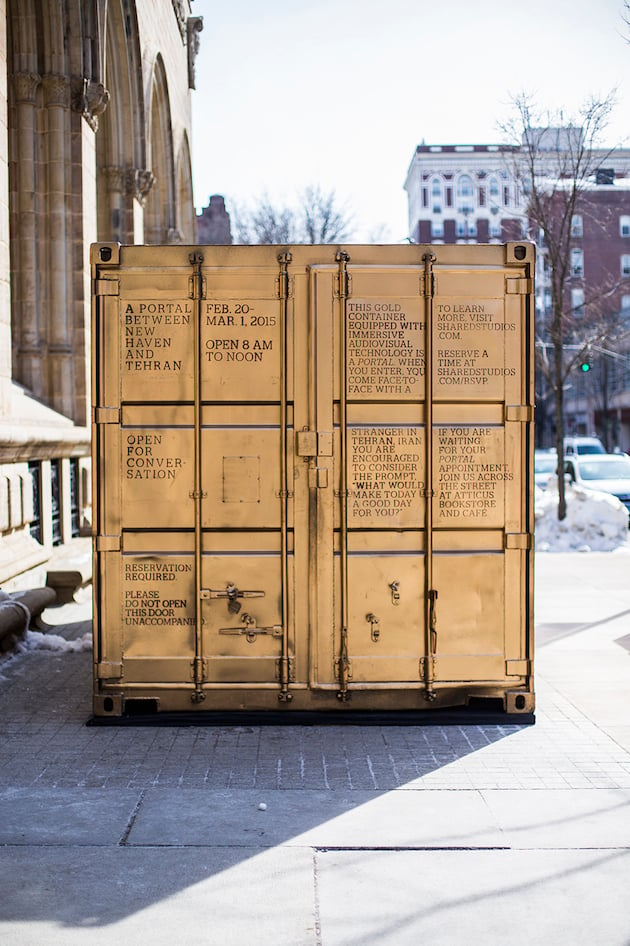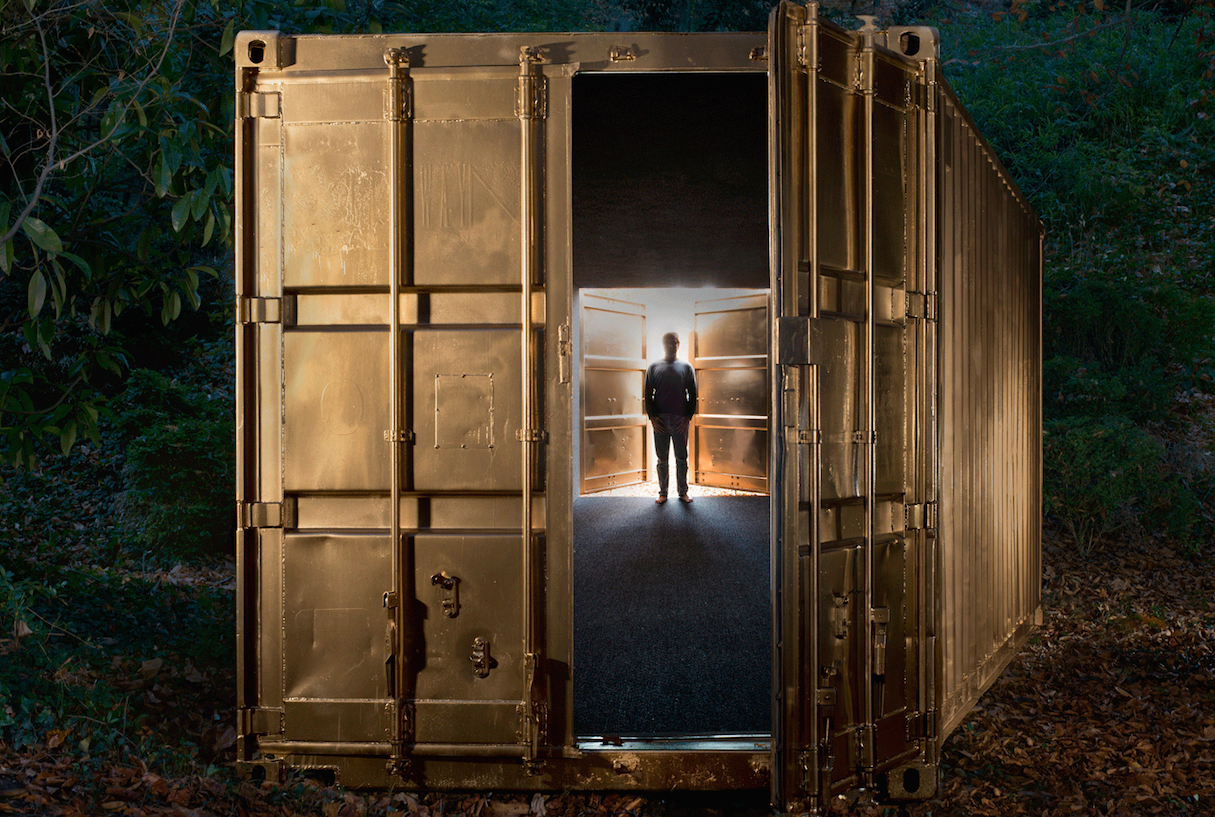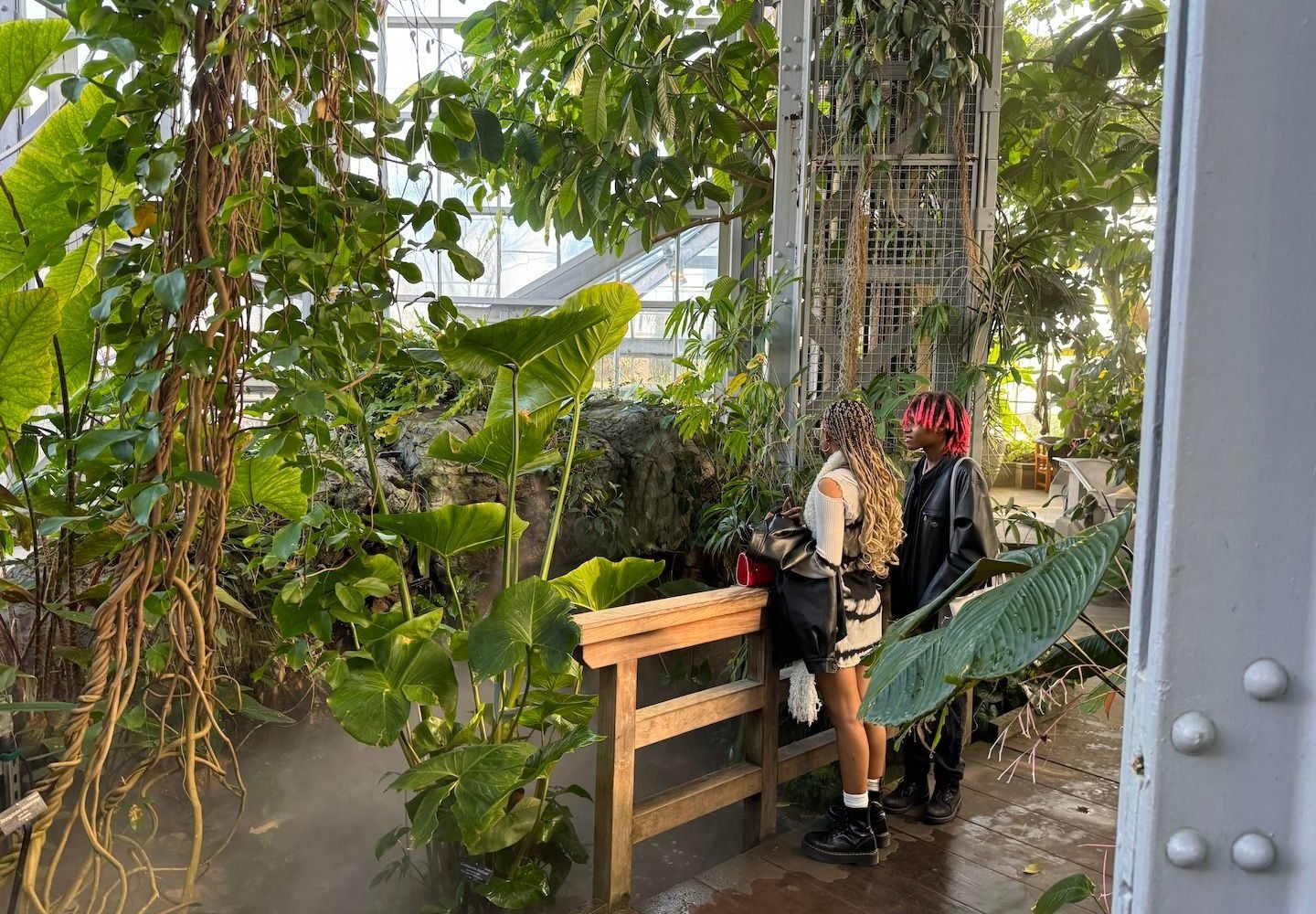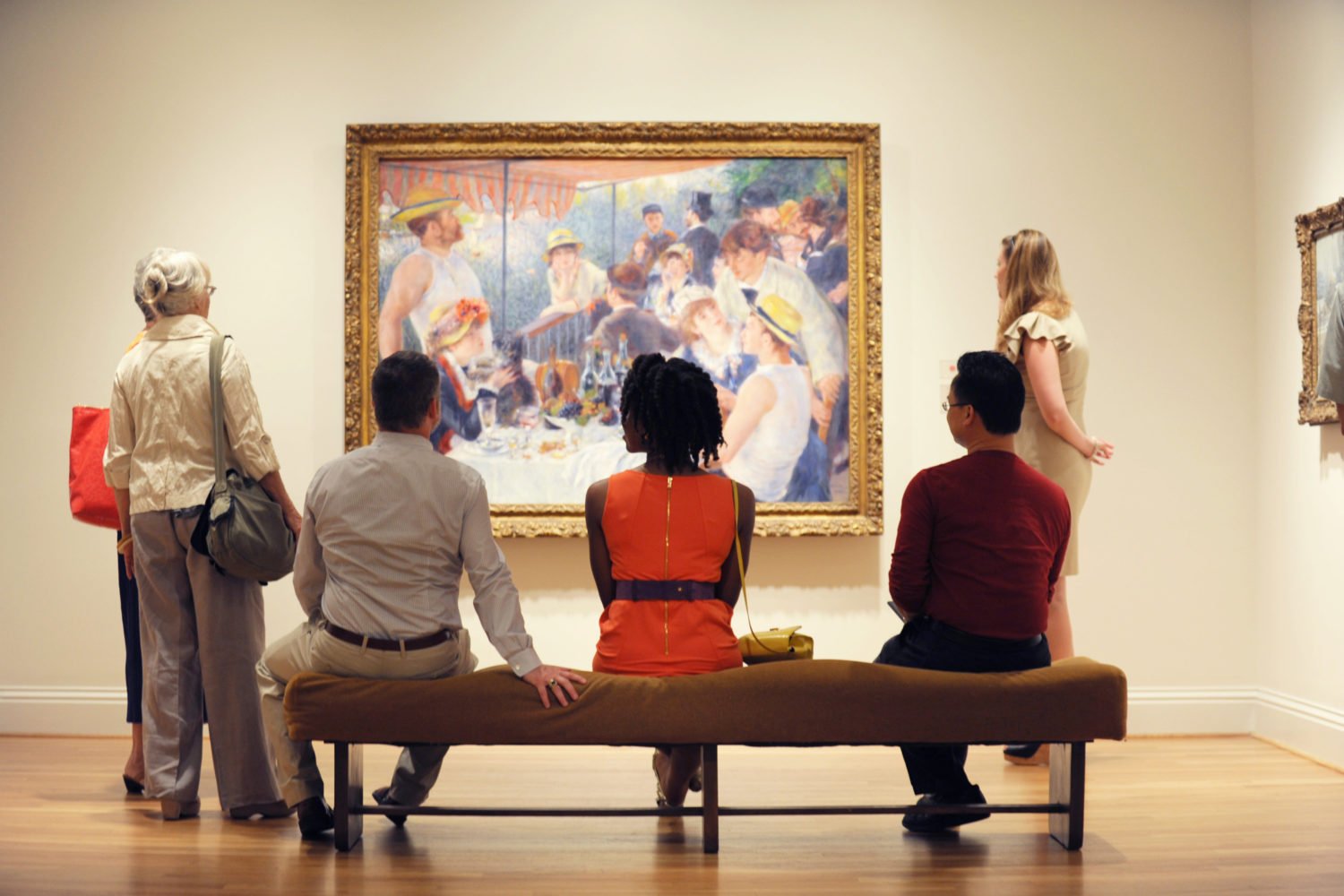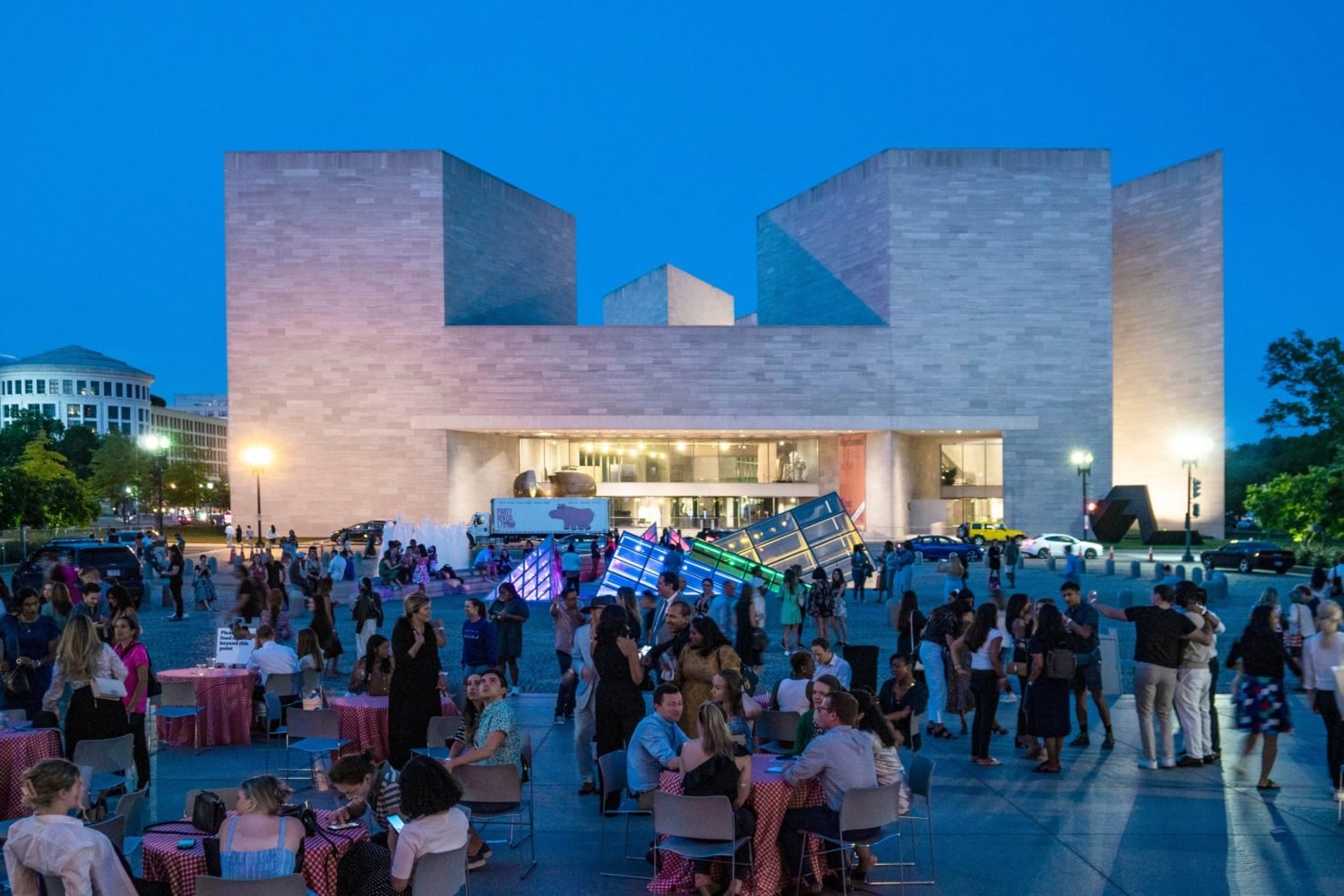Imagine stepping inside a shipping container and coming face-to-face with a live feed of a stranger inside another container in Tehran. Thanks to audio-visual technology, that’s exactly what you can experience September 10 through 15 during the NextNOW Fest at the Clarice.
These so-called “Portals” operate like wormholes, connecting people in Washington to people in cities like Herat, Afghanistan or El Progreso, Honduras. A translator stands on the opposite end, enabling a 20-minute conversation between two people who live in completely different parts of the world. Inside these gold-painted containers, though, they might feel like they’re in the same room.
Prompts serve as ice breakers: “What would make today a good day for you?” or “Where do you feel safest?” It sounds like an introvert’s worst nightmare, but that’s usually far from the case. “People come in quite nervous,” says Amar Bakshi, the DC native who created the project. “They come out saying it flew by. It was unlike any other experience they’ve had before.”
Bakshi, a former Washington Post reporter, launched the project in December 2014 with the hope of enabling conversations between people who wouldn’t typically meet otherwise. Even though interconnectivity has never been easier, Bakshi says, social media can ensconce people in a closed network, rather than introducing them to strangers. Portals use technology to accomplish the exact opposite–to connect people instead of alienating them.
He started developing the idea when he traveled abroad for a Post project. While reporting in 12 different countries, including Pakistan and Venezuela, he realized his most memorable experiences occurred on the long bus rides between one city and the next, where he struck up conversations with complete strangers. Once he got back home, he began brainstorming ways to re-create those serendipitous encounters using technology. “People find connections,” he says. “It’s our natural tendency when we’re one on one.”
So far, the project has connected about 3,500 people across the globe. In April Bakshi’s collective, Shared_Studios, installed a Portal at Georgetown’s Davis Performing Arts Center that was connected to Herat. In June, on Woodrow Wilson Plaza, they installed one connecting DC to Herat, Tehran, and Havana.
With a reservation, participants at the NextNOW Fest can chat with strangers in Afghanistan, Mexico, Honduras, or Iran. Artists will also connect with each other for live-streamed performances at the Clarice.

